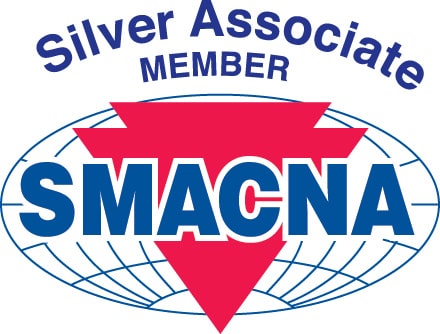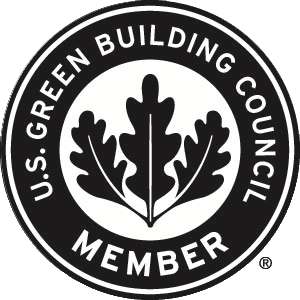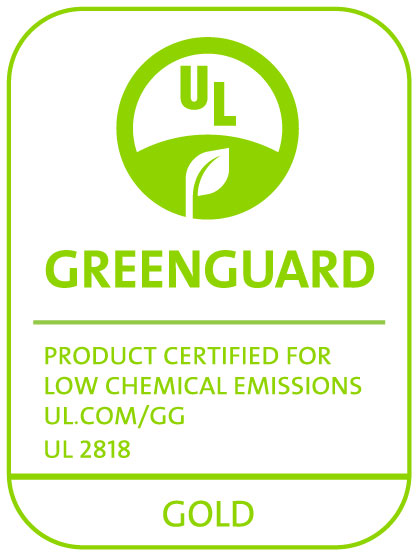Size schedule of Aerofix insulated pipe supports for pipe hanger accessory selection.
Learn MoreWhy specify Indoor Advantage Gold™ insulation?
May 28, 2021
Remember the term “sick building syndrome” or SBS? SBS occurs when building occupants experience acute health effects due to time spent in a building. Many times, these negative health effects…
Learn MoreWhy Low VOC Insulation Adhesives?
May 21, 2021
Adhesives, such as low VOC insulation adhesives, play a critical role in the installation of common mechanical pipe insulation applications such as: VRF pipe insulation VRV pipe insulation Refrigeration pipe…
Learn MoreProcess control is a major design objective of mechanical insulation for FDA and USDA facility piping applications. Pipe insulation maintains system operating temperatures, conserves energy, controls condensation, maintains hygiene, and…
Learn MoreYield of AEROFLEX® Sheet & Roll Insulation on Piping
April 1, 2021
Chart for estimating, ordering and minimizing waste when insulating large pipes with Aeroflex® EPDM Sheet & Roll.
Learn MoreWith so many piping types (metallic and plastic) available on the market with varying outside diameters (OD’s), it can be a challenge to achieve the right fit with preformed pipe…
Learn MoreConsiderations to Prevent External Stress Corrosion Cracking with Austenitic Stainless Steel
February 1, 2021
One of the greatest threats, sources of system failure, and maintenance/replacement costs to mechanical systems is corrosion to the metallic surfaces of piping and equipment.
Learn MoreA common failure point of mechanical insulation on cold (below-ambient) piping systems is at the hanger locations due to compression of insulation subjected to inadequate support or no insulation at…
Learn MoreNesting (Layering) Chart for AEROFLEX® Pipe Insulation
December 1, 2020
Certain HVAC, refrigeration and plumbing pipe insulation applications require more than a single layer of Aeroflex® EPDM flexible elastomeric insulation to control condensation in demanding conditions such as a cold…
Learn MoreKey Considerations for Refrigerant Piping Insulation
November 30, 2020
Refrigerant piping insulation is crucial for refrigeration systems. Refrigeration systems, also known as below-ambient systems, vary by application (commercial and industrial), temperature requirements (high & low), refrigerant types (traditional and…
Learn More










